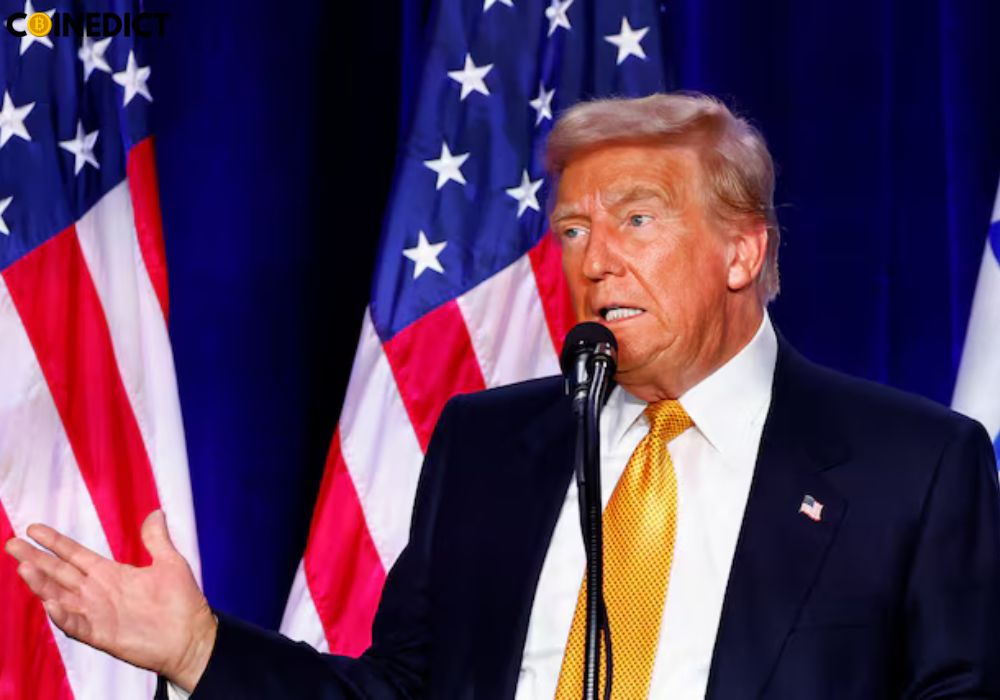As central banks around the world implement significant policy changes, the cryptocurrency market is feeling the effects. Key industry voices, including Wintermute, former BitMEX CEO Arthur Hayes, and macro analyst Noelle Acheson, have offered their perspectives on how these shifting macroeconomic conditions could impact crypto prices and the broader financial landscape.
The cryptocurrency market, known for its volatility and correlation with global financial trends, is highly sensitive to central bank policies, particularly those related to interest rates, inflation control, and monetary tightening. With central banks signaling new directions, crypto investors and experts alike are bracing for potential market movements.
Wintermute: A Liquidity Provider’s Perspective
Wintermute, a leading cryptocurrency market maker, has a unique vantage point when it comes to how central bank policies impact the crypto market. As a liquidity provider, Wintermute plays a crucial role in facilitating trading activity and ensuring smooth market operations for both retail and institutional traders. They emphasized that the market’s liquidity could be affected by central banks tightening monetary policies, which could create ripple effects across both traditional and crypto markets.
Wintermute highlighted that if central banks continue to increase interest rates, it could reduce liquidity in the crypto market, leading to increased volatility. Historically, higher interest rates tend to push investors toward safer, yield-bearing assets like bonds and away from riskier assets such as cryptocurrencies. As central banks around the world grapple with inflation, Wintermute anticipates that this could cause short-term turbulence in the market.
However, they also noted that despite these challenges, crypto has shown resilience. Wintermute remains optimistic about long-term crypto market stability as more institutional investors enter the space and the market matures.
Arthur Hayes: Central Banks and the Crypto Cycle
Former BitMEX CEO Arthur Hayes is no stranger to the intersection of macroeconomics and crypto. Known for his bold market predictions, Hayes has long focused on the effects of monetary policy on Bitcoin and other digital assets. In light of recent central bank shifts, Hayes reiterated his view that crypto will be heavily impacted by how central banks manage inflation and interest rates.
Hayes argued that as central banks raise interest rates, the impact on liquidity will initially drive down the prices of risk assets, including cryptocurrencies. He noted that in times of monetary tightening, there is typically a flight to safety, with investors opting for cash or bonds over speculative investments like crypto. However, Hayes also suggested that this pullback could present opportunities for long-term investors who believe in crypto’s core value proposition.
Looking forward, Hayes predicted that once inflation is under control, central banks may shift to more dovish policies, such as lowering interest rates and even resuming quantitative easing. This, he said, could trigger a renewed bullish cycle for cryptocurrencies as liquidity returns to the market and risk appetite grows.
Noelle Acheson: The Broader Macro Landscape
Crypto analyst Noelle Acheson, who has long followed macroeconomic trends and their impact on the digital asset market, offered a more nuanced take on the current landscape. According to Acheson, while central bank policies are important, they are just one of many factors influencing crypto prices. She noted that other macroeconomic variables, such as geopolitical tensions, energy prices, and the global economic outlook, also play a critical role in shaping investor sentiment.
Acheson highlighted that crypto has evolved from a niche market into a more integrated part of the global financial system, meaning it is increasingly affected by broader economic conditions. In her view, central bank tightening may dampen speculative interest in the short term, but the structural demand for digital assets, particularly among younger, tech-savvy investors, remains strong.
She also pointed out that crypto’s decentralized nature offers an alternative to traditional financial systems, especially in regions experiencing currency instability or economic crises. As such, she believes that while central bank policies may create temporary headwinds, crypto’s long-term appeal as a hedge against inflation and an alternative store of value will continue to drive its adoption.
Impact of Central Bank Policies on Crypto Prices
Central bank policies, particularly in relation to interest rates, have a direct effect on liquidity, risk appetite, and asset prices. For cryptocurrencies, which are considered high-risk assets, rising interest rates generally lead to a more cautious investment environment. As central banks, particularly the U.S. Federal Reserve and the European Central Bank, raise rates to combat inflation, it can push investors toward lower-risk assets, reducing demand for cryptocurrencies.
At the same time, inflationary pressures have caused some investors to view Bitcoin and other digital assets as a hedge against currency devaluation. This creates a nuanced dynamic, where the macroeconomic landscape could either drive short-term declines or long-term opportunities depending on how central banks adjust their policies.
What’s Next for the Crypto Market?
As Wintermute, Arthur Hayes, and Noelle Acheson have pointed out, the crypto market is at a critical juncture. The actions of central banks will continue to influence the market, particularly in the short term, as investors navigate monetary tightening and inflation control. However, the long-term trajectory of crypto remains promising, with continued institutional interest, technological innovation, and increasing demand for decentralized financial solutions.
Investors are likely to see increased volatility in the coming months as central banks finalize their policy decisions. But for those with a long-term perspective, the current landscape may present buying opportunities, particularly in high-quality projects that are positioned to thrive once macroeconomic conditions stabilize.
In the meantime, all eyes are on the next moves from the world’s major central banks and how their policies will shape the future of both traditional and digital asset markets.











